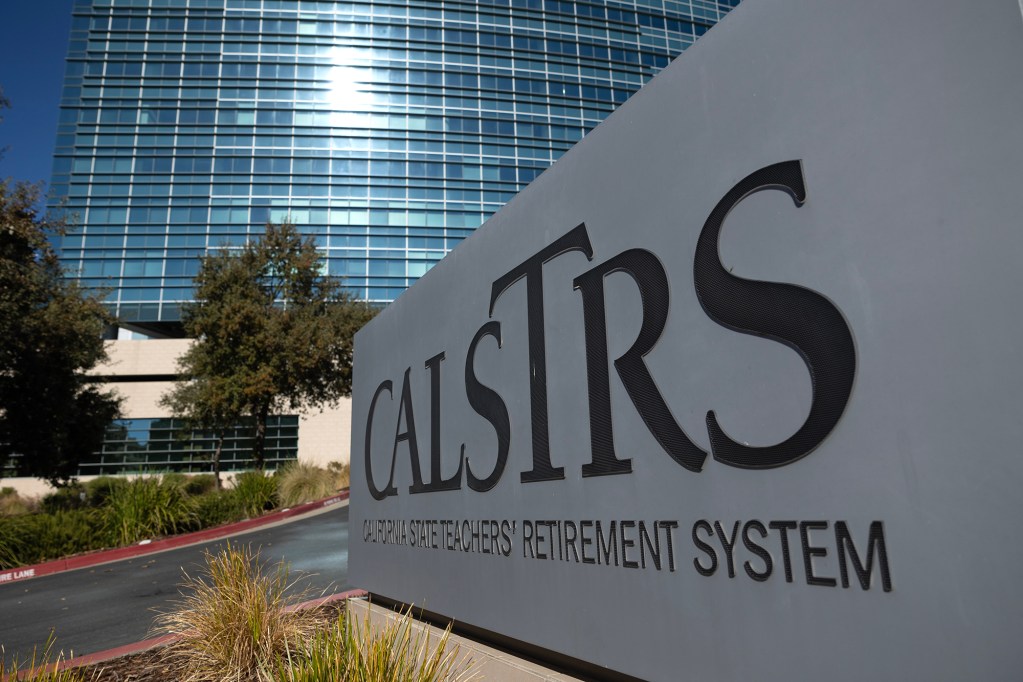
In summary
California’s two biggest public pension funds beat their earnings targets last year. That performance boosted pay incentives for executives and investment staff.
It’s bonus season for California’s public pension funds, and a few years of strong investment returns contributed to lucrative payouts for top executives.
The California State Teachers’ Retirement System last week disclosed its bonuses for its executives and for a range for employees whose pay is determined in part by performance incentives.
They had a good year.
The $341 billion fund provides pensions to about 1 million teachers and retirees. It handed down some of its largest-ever bonuses after beating its annual investment target of 7%, notching a return of 8.4%.
CalSTRS Chief Executive Cassandra Lishnock received a $645,000 bonus on top of her annual salary of $430,000. It was the most money she could earn under her contract, which includes an incentive based on investment returns over three ears, strategic planning and her personal performance.
Her compensation marked the second time that a CalSTRS chief executive has earned more than $1 million over a one-year period. Jack Ehnes earned $1.1 million in 2021, the year he retired after leading CalSTRS for 19 years.
CalSTRS also awarded a bonus of more than $1.1 million to retiring Chief Investment Officer Christopher Ailman. That’s almost double his base pay of $612,000. Ailman consistently earned seven-figure bonuses since 2021, according to CalSTRS board meeting agendas and data maintained by the website Transparent California. His incentives also were pegged to investment returns over three years, according to CalSTRS’ disclosure.
Altogether, the CalSTRS board last week approved about $22 million in performance incentives for its investment staff, up about $2 million from the previous year.
The larger California Public Employees’ Retirement System in September reported that Chief Executive Marcie Frost for the first time will earn more than $1 million in salary and performance incentives, thanks to a $667,000 bonus.
CalPERS has about $527 billion in assets and provides retirement benefits to about 2 million people. It earned a 9.3% investment return last year, beating its target of 6.8%.
The CalPERS board is meeting next week, and it is scheduled vote on annual performance incentives for dozens of investment managers and directors. The CalPERS bonuses are expected to total about $20 million, up from $16.5 million last year.
Both pension funds are under pressure to hit investment targets and claw out of losses they incurred after state lawmakers sweetened retirement benefits for public employees during the dot-com bubble. Both funds have assets worth about 75% of what they owe to their beneficiaries.

